Growing Focus on Sustainable Practices
The Tributyl Tin Fluoride Market is witnessing a shift towards sustainable practices, which is influencing market dynamics. As industries become more environmentally conscious, there is a growing emphasis on using materials that minimize ecological impact. Tributyl tin fluoride, with its potential for efficient chemical processes, aligns with this trend. Companies are increasingly seeking alternatives that not only meet performance standards but also adhere to sustainability goals. This shift is likely to drive innovation in the tributyl tin fluoride market, as manufacturers explore ways to enhance the compound's environmental profile. Market trends indicate that sustainability-focused initiatives are expected to gain momentum, potentially leading to a more favorable regulatory environment for tributyl tin fluoride applications. This evolving landscape suggests a promising future for the market as it adapts to the demands of sustainability.
Rising Demand in the Electronics Sector
The electronics sector is increasingly contributing to the growth of the Tributyl Tin Fluoride Market. This compound is utilized in the production of various electronic components, including semiconductors and circuit boards, where its properties enhance performance and durability. The ongoing advancements in technology and the proliferation of electronic devices are driving the demand for high-quality materials, including tributyl tin fluoride. Market analysis reveals that the electronics industry is expected to witness a CAGR of around 6% in the coming years, which could significantly impact the tributyl tin fluoride market. As manufacturers strive to meet the rising demand for innovative electronic products, the role of tributyl tin fluoride is likely to become more pronounced, indicating a promising trajectory for this market.
Expansion of the Pharmaceutical Industry
The pharmaceutical industry is emerging as a vital driver for the Tributyl Tin Fluoride Market. This compound is increasingly recognized for its utility in drug formulation and development processes. Its role as a reagent in the synthesis of active pharmaceutical ingredients (APIs) is particularly noteworthy. As the pharmaceutical sector continues to expand, driven by the need for new and effective medications, the demand for tributyl tin fluoride is expected to rise correspondingly. Recent market data suggests that the pharmaceutical industry is projected to grow at a CAGR of approximately 7% over the next several years, which may lead to increased consumption of tributyl tin fluoride. This trend underscores the compound's significance in supporting pharmaceutical innovation and development.
Increasing Applications in Chemical Synthesis
The Tributyl Tin Fluoride Market is experiencing a notable rise in demand due to its increasing applications in chemical synthesis. This compound serves as a crucial reagent in various organic reactions, particularly in the synthesis of organotin compounds. The versatility of tributyl tin fluoride in facilitating reactions such as nucleophilic substitutions and coupling reactions is driving its adoption among chemical manufacturers. As industries seek more efficient and effective chemical processes, the reliance on tributyl tin fluoride is likely to grow. Market data indicates that the chemical synthesis sector is projected to expand at a compound annual growth rate (CAGR) of approximately 5% over the next five years, further bolstering the tributyl tin fluoride market. This trend suggests a robust future for tributyl tin fluoride as a key player in the chemical synthesis landscape.
Technological Innovations in Production Methods
Technological innovations are playing a crucial role in shaping the Tributyl Tin Fluoride Market. Advances in production methods are enhancing the efficiency and cost-effectiveness of tributyl tin fluoride manufacturing. Innovations such as improved synthesis techniques and automation in production processes are likely to reduce operational costs and increase output quality. As manufacturers adopt these technologies, the overall supply chain for tributyl tin fluoride may become more robust, facilitating greater market penetration. Current market assessments indicate that the adoption of advanced manufacturing technologies could lead to a reduction in production costs by up to 15% over the next few years. This trend not only supports the growth of the tributyl tin fluoride market but also positions it favorably against competing materials, suggesting a competitive edge in the industry.


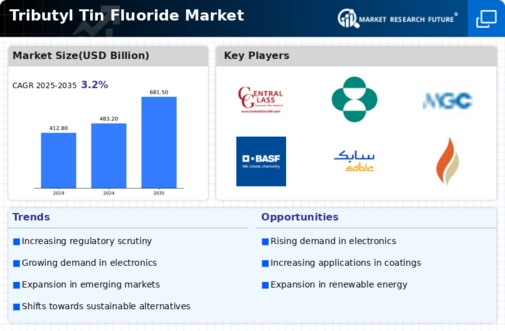
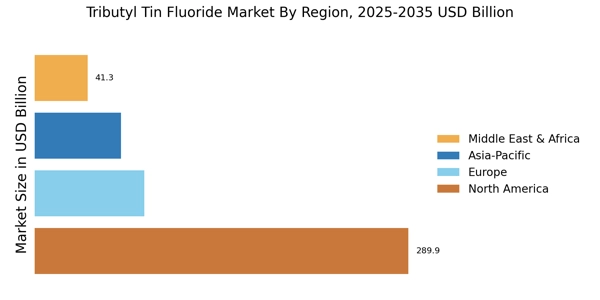
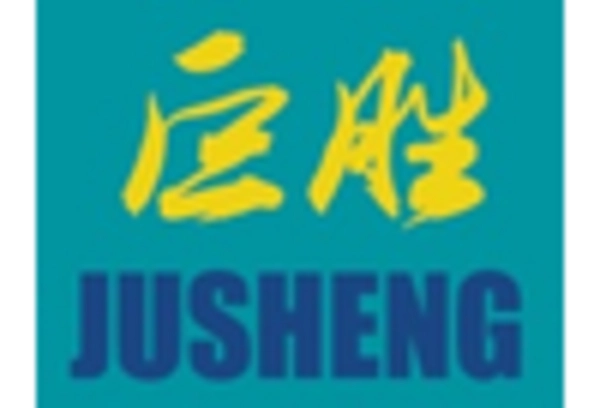
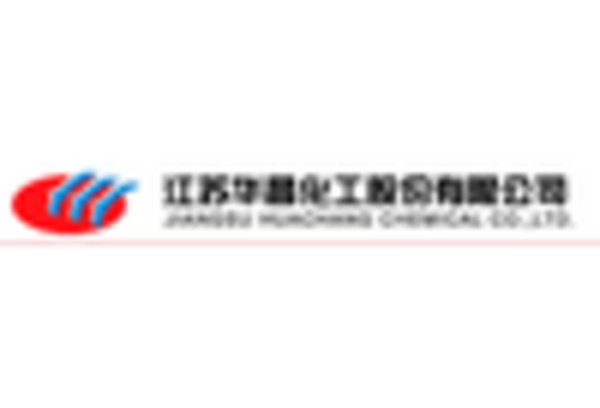
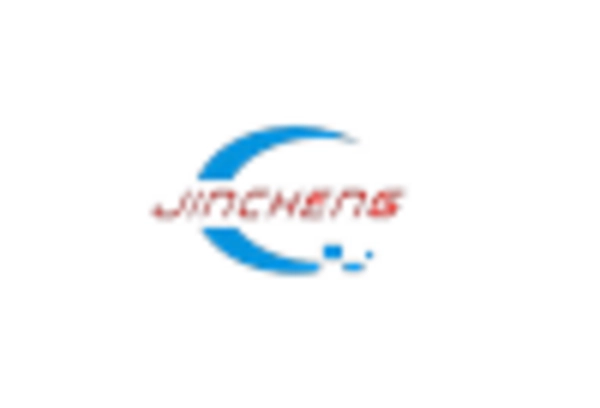
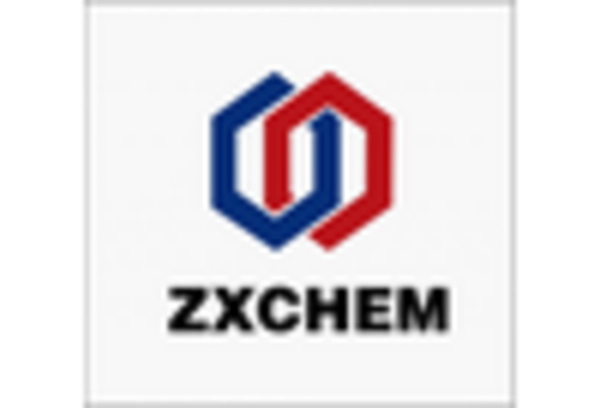
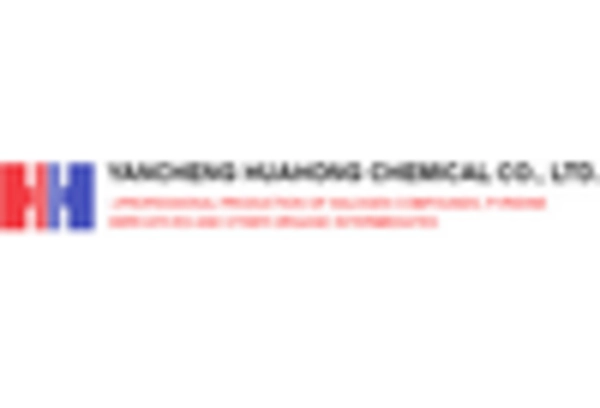
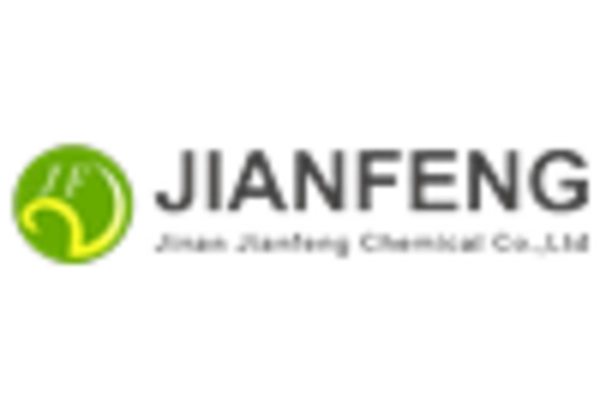








Leave a Comment